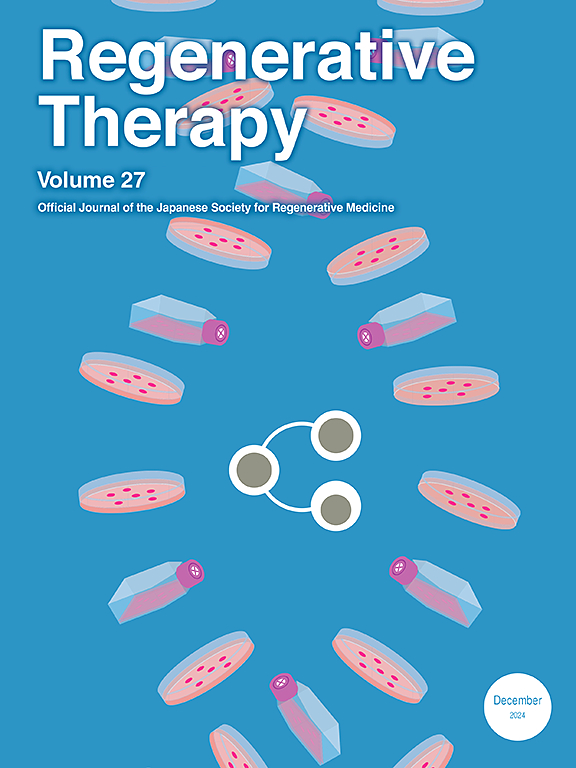Current application of tissue-engineered dermal scaffolds mimicking the extracellular matrix microenvironment in wound healing
IF 3.4
3区 环境科学与生态学
Q3 CELL & TISSUE ENGINEERING
引用次数: 0
Abstract
With the continuous advancement of materials science, cell biology, and biotechnology, tissue engineering has introduced novel solutions to traditional wound healing approaches, particularly demonstrating significant potential in addressing complex or non-healing wounds. One of the key technologies in this field, dermal scaffolds, serve as wound coverage materials that mimic the structural framework of the dermis. They primarily assume the function of extracellular matrix, providing space for cell attachment, migration, and proliferation, thus supporting cellular growth and regulating multiple biological processes in healing. Tissue engineering utilizes combinations of natural or synthetic scaffolds, seeded cells, or growth factors to induce distinct effects in angiogenesis, extracellular matrix deposition, and functional recovery. Therefore, various bioengineered dermal scaffolds hold significant potential for clinical translation in wound healing. This review outlines various extracellular matrix molecules utilized in the development of dermal scaffolds, emphasizes recent progress in cell- and growth factor-modified scaffolds, and discusses the challenges and future perspectives in this evolving field.
求助全文
约1分钟内获得全文
求助全文
来源期刊

Regenerative Therapy
Engineering-Biomedical Engineering
CiteScore
6.00
自引率
2.30%
发文量
106
审稿时长
49 days
期刊介绍:
Regenerative Therapy is the official peer-reviewed online journal of the Japanese Society for Regenerative Medicine.
Regenerative Therapy is a multidisciplinary journal that publishes original articles and reviews of basic research, clinical translation, industrial development, and regulatory issues focusing on stem cell biology, tissue engineering, and regenerative medicine.
 求助内容:
求助内容: 应助结果提醒方式:
应助结果提醒方式:


